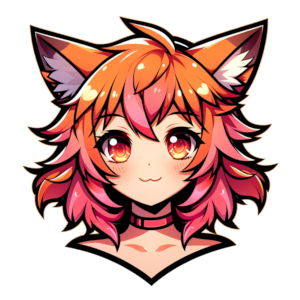Anime picture neon genesis evangelion №255043
Current status set by: セルゲイ
Date upload: 03/22/2013 4:24 PM
Date published: 03/23/2013 8:41 AM Downloads: 569
Resolution: 1000x1931 0.52 Size: 698.02KB
Color: lightpink (175 173 173)
Artifacts degree: 44.0354
Smooth degree: 203.7317
Complex: 4.6265
Date upload: 03/22/2013 4:24 PM
Date published: 03/23/2013 8:41 AM Downloads: 569
Resolution: 1000x1931 0.52 Size: 698.02KB
Color: lightpink (175 173 173)
Artifacts degree: 44.0354
Smooth degree: 203.7317
Complex: 4.6265
Favorites for
(A) Similar to
About artists
sousou (sousouworks):
https://www.pixiv.net/users/189732
http://yukokuradio.blog33.fc2.com/
http://xathrid.tumblr.com/
https://www.pixiv.net/users/189732
http://yukokuradio.blog33.fc2.com/
http://xathrid.tumblr.com/



